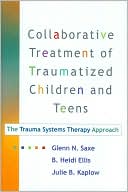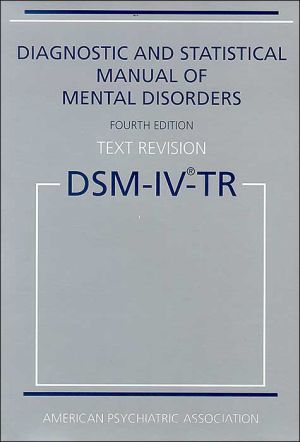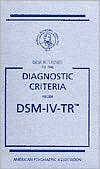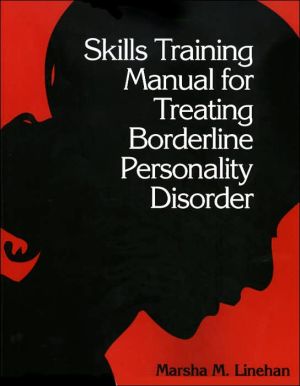Collaborative Treatment of Traumatized Children and Teens: The Trauma Systems Therapy Approach
Search in google:
For too many traumatized children and their families, chronic stressors such as poverty, substance abuse, and family or community violence—coupled with an overburdened care system—pose seemingly insurmountable barriers to treatment. This empowering book provides a user-friendly blueprint for making the most of limited resources to help those considered the “toughest cases.” Evidence-based strategies are presented for effectively integrating individualized treatment with services at the home, school, and community levels. Written in an accessible, modular format with reproducible forms and step-by-step guidelines for assessment and intervention, the approach is grounded in the latest knowledge about child traumatic stress. It has been recognized as a treatment of choice by state mental health agencies nationwide. Counselling Children and Young People "The authors adopt a broad definition of trauma, including issues such as ongoing stress, poverty, family and community violence, and parental mental illness and substance misuse. This inclusivity makes the book realistic and relevant to a wide range of child and adolescent groups....A valuable resource that strikes the balance well between just the right amount of jargon-free theory and maintaining its focus on practical issues. The book is friendly and easy to read....Here is a book that offers a model that moves theory to practice in order to help all of us who endeavour to treat, support, and care for traumatised children and adolescents."--Counselling Children and Young People
Chapter 1 Introduction: Trauma Systems Therapy for Child Traumatic Stress 1Part I FoundationsChapter 2 Survival Circuits: How Traumatic Stress Is about Survival-in-the Moment 23Chapter 3 The Regulation of Emotional States: How Child Traumatic Stress Is a Disorder of the Regulation of Emotional States 46Chapter 4 The Social Environment and the System of Care: Traumatic Stress Responses Are Embedded in a Social Context 66Chapter 5 Signals of Care: The Importance of Caring Relationships for Traumatized Children 84Part II Getting StartedChapter 6 Ten Treatment Principles: The Principles That Guide TST 95Chapter 7 Assessment: How to Assess Child Traumatic Stress 109Chapter 8 Treatment Planning: How to Plan for Child Traumatic Stress Interventions 124Chapter 9 The Treatment Team: How to Build a Multidisciplinary Treatment Team (and Keep It Going!) 141Part III Doing Trauma Systems TherapyChapter 10 Ready-Set-Go!: How to Engage a Family in TST 153Chapter 11 Stabilization on Site: Community-Based Care to Help Kids Stay in Their Homes and Schools 170Chapter 12 Systems Advocacy: Integrating Advocacy into Critical Treatment with Pamela Tames 187Chapter 13 Psychopharmacology: How Psychopharmacology Is Integrated within TST 206Chapter 14 Emotion Regulation Skills: How to Help Children Regulate Emotional States 222Chapter 15 Cognitive Processing Skills: How to Help Children Think and Talk about Their Traumatic Experiences 257Chapter 16 Meaning-Making Skills: How to Help Children Make Meaning Out of Their Traumatic Experiences and Move On with Their Lives 278Chapter 17 Conclusions:Leaving a Better System 301AppendixTST Treatment Planning Form 309Weekly TST Check-In 312TST Treatment Fidelity Form 313Emotion Regulation Guide 318Cognitive Coping Log 325Systems Advocacy Screener 326Goal-Setting Guide 328References 329Index 332








